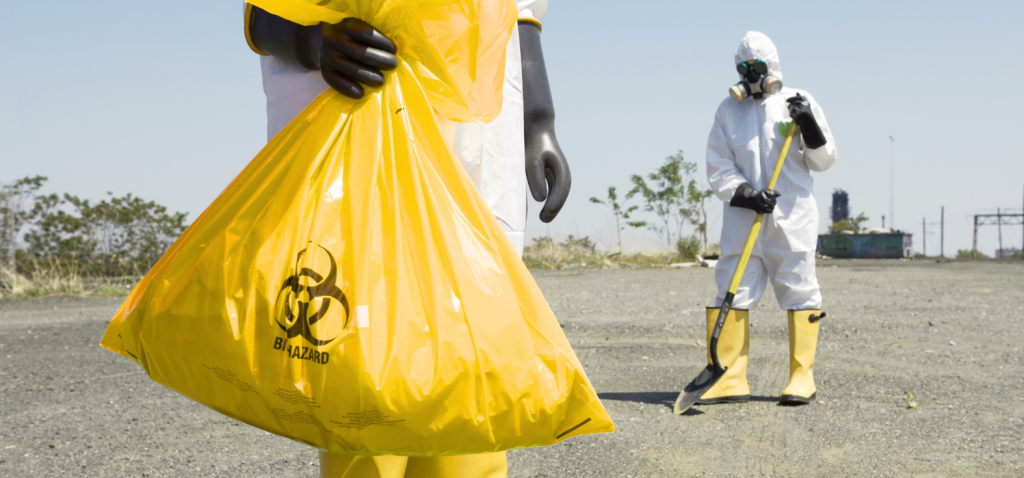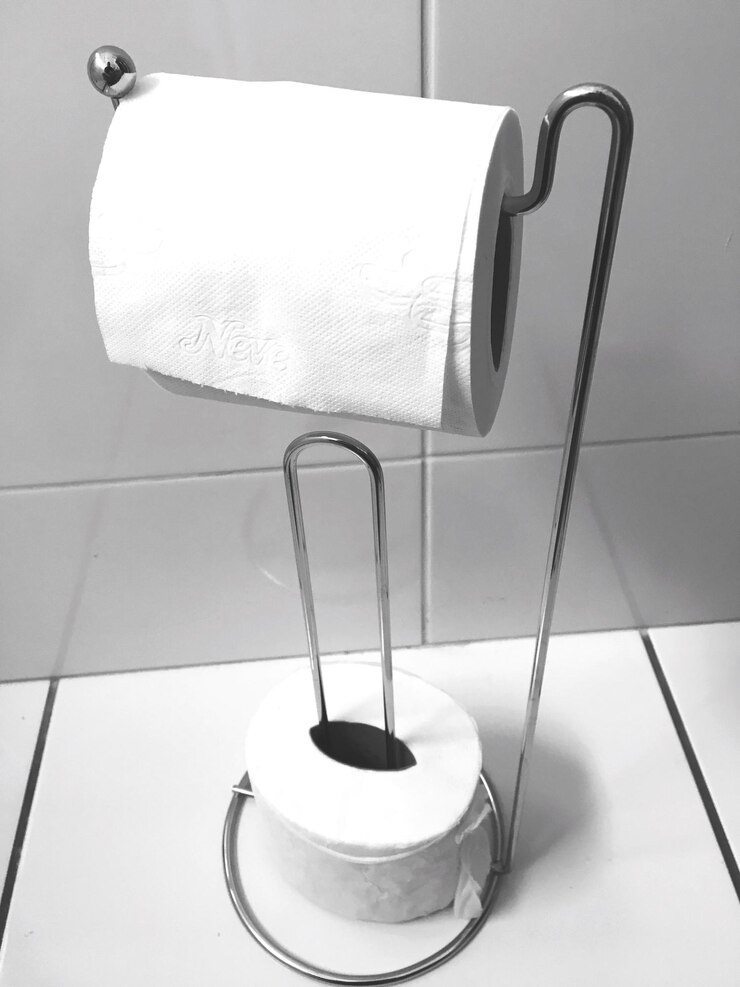At hospitals, clinics and laboratories, one thing that always comes to mind is safety. In these places every day, large amounts of medical and biohazard waste are produced. It includes items like used gloves, contaminated dressings, laboratory waste and other materials that could be harmful if not handled correctly.
That’s where an Autoclavable waste bag becomes essential. These bags are designed to make sure infectious or hazardous waste is collected and sterilised safely, keeping both people and the environment protected. So, let’s explore in detail about Autoclavable Waste Bag and its importance.

What Is an Autoclavable Waste Bag?
An Autoclavable Waste Bag is a special type of garbage bag made from a very strong material that is heat-resistant. These bags are supposed to survive the intense heat conditions inside an autoclave machine (anything above 121°C). Autoclaving implies sterilisation using pressurised steam to kill harmful micro-organisms.
The bags are filled with waste and placed inside the autoclave whole; after sterilisation, the wastes become harmless and may safely be disposed of in a landfill or by other approved methods.
These bags are often yellow and may carry biohazard symbols so that they can be easily identified as containing biohazardous waste. Hence, it is crucial for hospitals, laboratories, and research centres where infection control is a majorly on the agenda.
Why Are Autoclavable Waste Bags Important?
Here are some key reasons why these bags play such a vital role:
1. Safe Disposal of Biohazard Waste
Medical waste is never to be disposed of as common waste. Some items, such as used syringes, surgical instruments, or laboratory samples, may carry dangerous pathogens. Hence, it is necessary to use an Autoclavable Waste Bag so that sterilisation can take place before the waste is disposed of, and contamination and infections are avoided.
2. Protecting Healthcare Workers and Patients
Doctors, nurses, and lab technologists who come in contact with Infectious wastes are always at risk. Hence, these bags reduce the risk by safely sealing the waste for sterilisation.
3. Environmental Friendliness
If biohazard waste bags were thrown away without treatment, the harmful microorganisms could find their way into the soil, water, and sometimes even food sources. These bags reduce pollution by rendering the waste harmless prior to leaving the facility.
4. Meeting the Set Laws and Standards
Hospitals have certain stringent laws in force in relation to the disposal of biohazard waste. Use of the right medical waste bag would fulfil those requirements and hence preclude heavy fines while risking public health.
5. Durability and Reliability
Unlike regular plastic bags, these are designed to resist tearing and melting at high temperatures. This means waste stays contained throughout the sterilisation process, giving peace of mind to healthcare staff.
Difference Between Autoclavable Waste Bags and Normal Biohazard Waste Bags
You might ask, “Why not a normal biohazard waste bag just so?” The answer lies in the material, a very constraining factor. Normal biohazard bags are meant for internal handling and transport of infectious wastes, but cannot handle extreme heat sterilisation.
If used in an autoclave, a usual bag may melt, tear, or even release harmful substances into the environment, thereby increasing the risk. Therefore, an Autoclavable Waste Bag is used if the waste is to be sterilised via an autoclave.
Where Are Autoclavable Waste Bags Used?
These bags are widely used in:
- Hospitals – for infectious dressings, gloves, and other contaminated waste.
- Laboratories – for petri dishes, cultures, and testing materials.
- Research facilities – where high-risk experiments generate hazardous waste.
- Veterinary clinics – for safe disposal of animal-related biohazard waste.
- Dental clinics – for used dental tools and contaminated disposables.
Tips to Choose the Right Autoclavable Waste Bag
When selecting a bag, there are a few things to consider:
- Size – Bags come in different sizes depending on the waste load.
- Thickness – A strong, thick bag (like 50um PP material) prevents leaks and tears.
- Colour & Labelling – Most are yellow and printed with biohazard symbols for easy identification.
- Certification – Always ensure the bag meets healthcare safety standards.
Final Thoughts
In today’s world, where infection control is more important than ever, using the right Autoclavable Waste Bag is not optional; it’s a necessity. These bags not only protect healthcare professionals and patients but also safeguard our environment from harmful contamination. Whether in hospitals, laboratories, or clinics, they play a silent yet crucial role in public health safety. If you’re looking for trusted, high-quality Autoclavable Waste Bags, Livingstone International provide durable, reliable, and compliant waste disposal solutions, making them a preferred choice for medical facilities across Australia. To explore our full range, check out our website.




